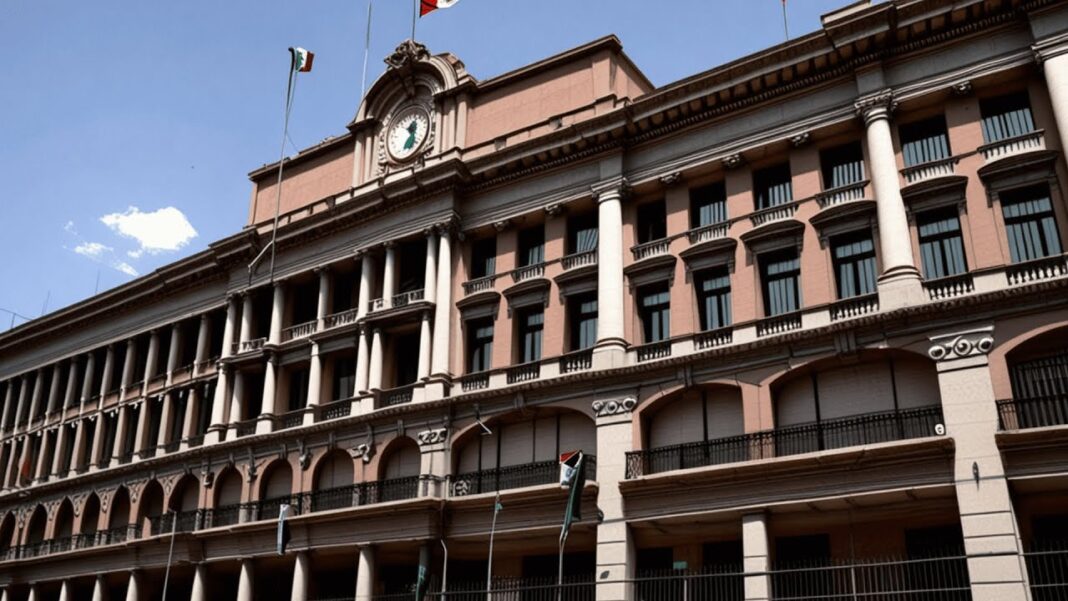The chief said there was ‘a very serious level of damage’ to Iran’s nuclear sites but that the capacity still exists for Iran to enrich uranium.
Iran could start enriching uranium again in a matter of months, the head of the United Nations’ nuclear watchdog said on June 29.
Rafael Grossi, the director general of the International Atomic Energy Agency (IAEA), discussed Iran’s future uranium enrichment capabilities in a June 27 interview with CBS’s “Face the Nation” that was aired on Sunday.
Trump administration officials have said that the airstrikes completely obliterated three of Iran’s critical nuclear sites, and Vice President JD Vance said last week that he believed the bombing campaign set back Iran’s nuclear program by years.
President Donald Trump said on Friday that he may even consider ordering more airstrikes on Iran if it returns to enriching uranium at concerning levels.
The 12-day conflict began after Israel conducted a surprise attack on several strategic sites in Iran earlier this month under the premise it was trying to take away Iran’s capability of producing a nuclear warhead. Both Israel and the United States said Iran was days or weeks away from making a bomb and often cited an early May report from the IAEA that said Iran had been enriching uranium up to 60 percent.
While 90 percent uranium is needed for fuel to make a nuke, 60 percent uranium can be quickly enriched to 90 percent purity. While the Islamic regime has claimed its nuclear program is only for civilian energy purposes, uranium only needs to be enriched to 3.67 percent to produce electricity.
The United States used massive ordnance penetrators, or MOPs, to hit the three underground sites. Fordow, in particular, was built hundreds of feet into a mountain. Satellite imagery alone does not show the damage to the underground portions of the site.
Grossi told CBS’s Margaret Brennan that there is some agreement among U.S., Israeli, and Iranian sources that there is a “very serious level of damage” to Iran’s Fordow, Natanz, and Isfahan nuclear sites, and that the infrastructure has been “destroyed to an important degree.”
However, Grossi stressed that some portions of the sites are “still standing” even though there is an significant setback to Iran’s nuclear enrichment capabilities. He said that at some point, the Iranians will have to assess the damage fully and that the IAEA will need to return to analyze the extent of the damage.
“I think we have a snapshot of a program which has been very seriously damaged … and now what we need to focus on is on the next steps,” Grossi said.
He said some of Iran’s enrichment capacities are “still there” and that within a “matter of months,” Iran could have several cascades of centrifuges spinning and could return to enriching uranium.
By Jacob Burg







